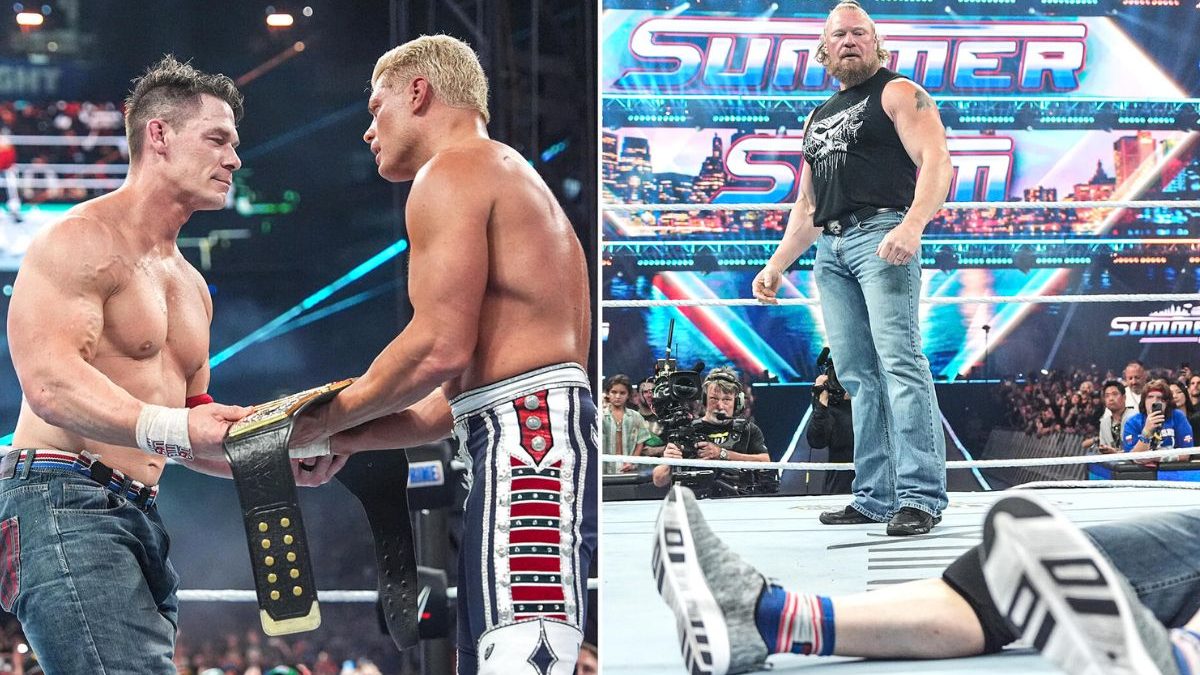It had been heart-wrenching for Indian badminton supporters to watch the national team flounder at the recently-concluded Sudirman Cup in Nanning. First, against a young and inexperienced Malaysian squad in a Group 1D tie and then against a star-studded Chinese team in a debilitating 0-5 defeat. [caption id=“attachment_5606931” align=“alignleft” width=“380”] File image of HS Prannoy. AFP[/caption] The manner in which the Indian team stumbled at the prestigious mixed team events was a hard pill to swallow, considering their individual success in the last two years. They looked anything but a unit. They appeared to be a bunch of unconfident players hesitant to put their best show on court. The results in Nanning did pose a different picture of the Indian squad. Firstly, it was bewildering to learn that India fielded the bare minimum size of a squad — 13 players, when top badminton countries like China, Indonesia and Malaysia had 20-member squads at Nanning. Secondly, the selection process and lack of backup players. India’s top men’s singles shuttler Kidambi Srikanth’s absence due to injury weakened the squad. “It was a tough draw and we couldn’t last as we hoped. Everyone in the team has analysed that we squandered our opportunities against Malaysia,” says Sameer Verma, who wilted under pressure in a must-win singles tie. But then Indian teams have hardly ruffled feathers at team events over the years. Let’s exclude the Commonwealth Games, of course. The real competition is against the Asian powerhouses – China, Japan, Indonesia, South Korea and Malaysia. “CWG was comparatively easy and when you get to the final, you’ll do everything to win it. There haven’t been great results this year. 2017 was a good season where everyone was in form but what people don’t get is that form doesn’t come every year. People might want to say that Japan is consistently on top but it’s the system they’ve laid to churn out good results,” HS Prannoy explains. The Japanese team was the prime example of how to work as a unit consistently. World No 1 Kento Momota cheered his team like a fanboy with the rest of the squad, dancing and grimacing. A video went viral on social media platforms where Momota was in tears after losing to Shi Yuqi in the final. There was always an emotional touch to his reactions. In fact, the circuit has never seen the world champion express at any of the individual events he’s clinched so far. Same would be expected from the Chinese, Thai and Indonesians. What about the Indian camp and mentality? “For team events, we never go to win. We don’t have that culture where players will die to play for team events like the Indonesians. These traits are not instilled and it should begin from a young age. Whatever you’re doing on the court, it’s for your country and not for the individual success. You must have seen how Kento Momota reacted after winning a match at the Sudirman Cup, while on the other hand, he doesn’t even flinch after claiming gold medals at individual events,” he says. Prannoy, who registered his first major win at the New Zealand Open last month, called for a robust structure in place for the smooth functioning of the sport at a higher level. “If you look at other Asian teams, every level of players is given the opportunity to go abroad and play tournaments. Even at a Challenger tournament, you’ll see a Japanese team with their support staff, coaches and physios. Isn’t that systemized? In India, we only fight for the main team to go for the big tournaments,” says Prannoy, who made a comeback this year after almost succumbing to injuries and respiratory problems. The third and fourth batch of players have complained about the financial crunch they face while competing at international tournaments. Hence, less exposure and training. The career trajectory of up-and-coming shuttlers is worrisome and Prannoy feels that it’s time for a major change. “Here we see our players and some youngsters competing on their own expense. Nobody to fund them. So, they end up playing a couple of tournaments and back off. Everything is banked on the first top-10 of the country. We need to make sure that the next batches are supported properly. I have seen so many of them leaving badminton due to lack of support. The second-largest country in the world but no champions? The system is at fault,’ the 26-year-old reasons. “If I was a coach for the next 5-10 years, I would ask my wards to focus on team events rather than individual events. We’re not nurtured in that way and nobody understands the importance of representing a country at a team event. You’re playing for a group of people who are depending on your antics on the court,” he adds. The likes of China, Japan, Indonesia and Malaysia have laid the foundations right from the beginning. It’s evident how they are ahead of the game in terms of the quality, training methods, fitness regimes and innovations. These nations have been consistent in delivering results at the grandest stage of all. “We need to learn more from other countries. It’s important to know how we manage our load. There might be a lot of focus given on the recovery aspect, which we honestly don’t. We don’t have the resources that we should get in sports science; we’re very well behind when you compare it to other countries. It’s a matter of concern for all of us but I can only hope we make our mark at team events soon,” concludes Prannoy.
The manner in which the Indian team stumbled at one of the prestigious mixed team events was a hard pill to swallow, considering their individual success in the last two years.
Advertisement
End of Article
Written by Shivam Damohe
Sub-Editor. I write about sports. You should read some of my copies now. see more


)

)
)
)
)
)
)
)
)



